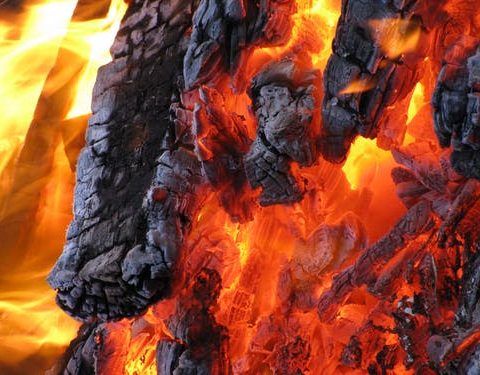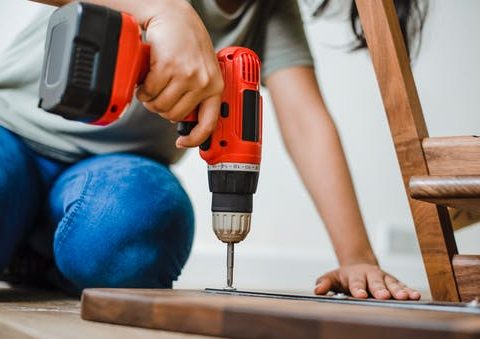Water Loss Categories and Classes in a Nutshell
The category of water loss refers to the level of contamination present in the water; this is identified from the water source. It’s likewise crucial to learn how it impacts various materials. To put it simply, categories point to how unclean the water is.
On the other hand, water loss classes describe the rate of evaporation based on the types of wet materials affected. It also depends on the amount of water, from little moisture to great water content soaked by the affected materials.
The Three Categories of Water Loss
Category 1: Clean Water
These fluids are from sanitary sources; it doesn’t pose any significant threats to humans or pets when ingested or inhaled and is considered as “clean water.” Nonetheless, they can quickly degrade to category 2 fluids.
Examples of Category 1 Water Loss:
- Damaged water supply lines
- A water tank or bathtub overflows without any contaminants
- Rainwater or melting snow
Category 2: Gray Water
This water has contaminants that can cause ailment or health problems when ingested or exposed to. Referred to as “gray water,” it includes many chemical or biological pollutants. It can have an organic or inorganic matter that can trigger health issues.
Examples of Category 2 Water Loss:
- Overflows from washing machines or dishwashing machines
- Overflows from toilet bowls (urine only)
- Damaged fish tank
- Pierced waterbeds
Category 3: Black Water
The worst classification of water damage, and is grossly unsanitary. It might cause severe illness or casualty if ingested. This type of water damage is best entrusted to the care of expert water remediation companies. You may check their “restoration companies near me” page.
Examples of Category 3 Water Loss:
- Commode backflow originating from the toilet trap
- Sewage backflow
- Flooding from seawater
- Floods from catastrophic origins include tropical storms, hurricanes, and other related weather disturbances
The Four Classes of Water Loss
Class 1: Slow Rate of Evaporation
A class 1 water loss might affect only a part of a room or an area or include more significant sites that have absorbed minimal moisture. Materials involved have low-permeance or low-porosity such as particleboard, structural wood, vinyl ceramic tile, plywood, or concrete.
Class 2: Fast Rate of Evaporation
A class 2 water loss impacts the whole room and materials such as rugs or cushions. Water seepage has gone less than 24 inches up the walls. Moisture stays in structural materials like particleboard, plywood, structural wood, and concrete.
Class 3: Fastest Rate of Evaporation
Water may have come from overhead. The ceilings, walls, rugs, cushions, insulation, bricks, concrete, and subfloor are saturated with the most significant quantity of water.
Class 4: Specialty Drying Situations
Specialty drying consists of very low permeance or low porosity materials such as hardwood, plaster, lightweight concrete, stone, and crawl spaces. There are deep pockets of saturation that need very low humidity, this class typically needs longer drying times, and you need to call restoration companies for their water services.
Conclusion
If you have experienced water damage or any water-related calamity, it is critical to identify what water categories and classes you will deal with. This information will help the remediation company figure out the mitigation plan and what type of restoration will follow after the cleaning and drying out stages.
Different water categories and classes have particular requirements; they are dealt with in different ways, requiring various devices and approaches to reduce the effect of the water damages. It will be more cost-effective if the mitigation and restoration job is conducted quickly.





